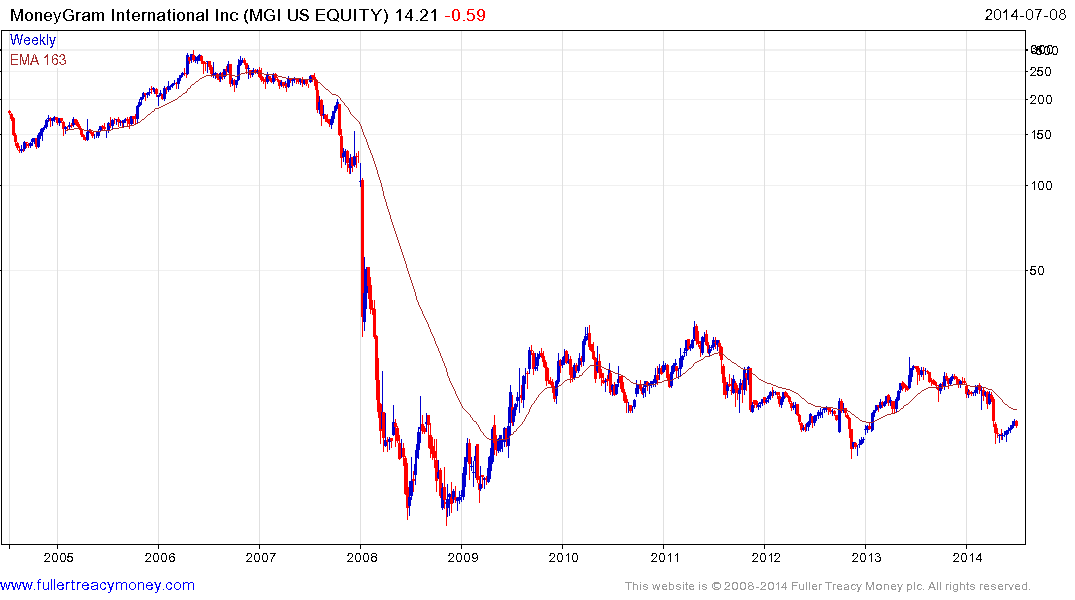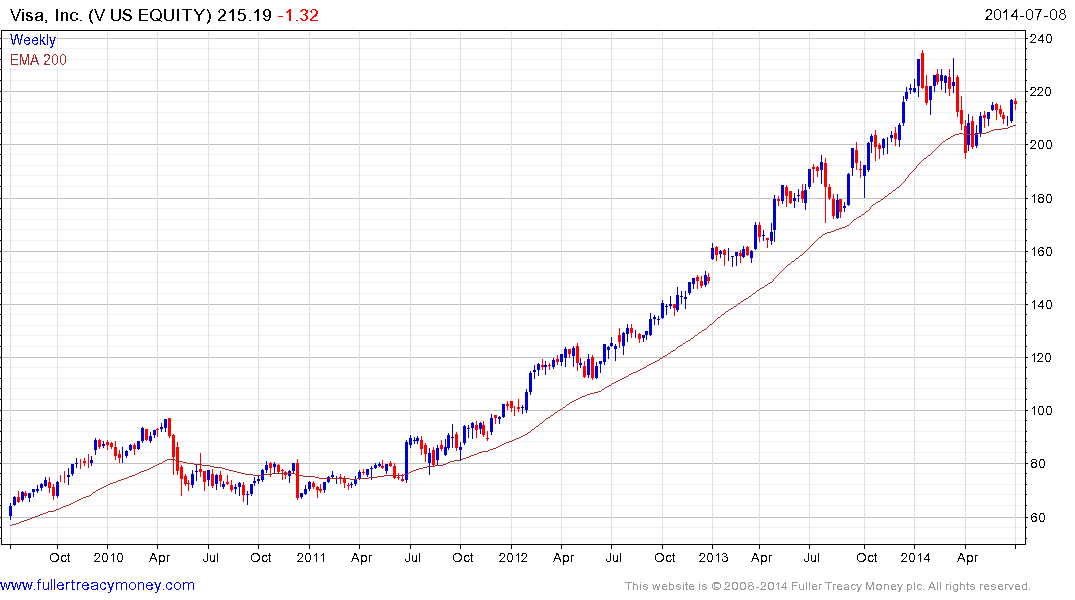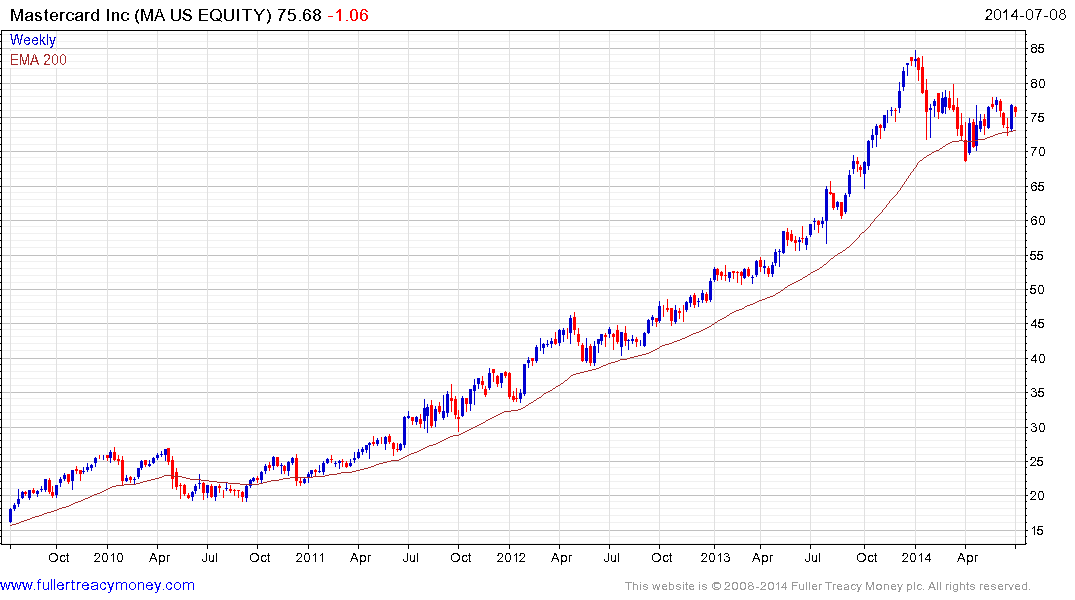EBA Opinion on virtual currencies
Thanks to a subscriber for this interesting report from the European Banking Authority which goes into quite a lot of detail in its examination of virtual currencies (VC). Here is a section on transaction costs:
46. Due to the absence of intermediaries, VC transactions can currently be achieved at lower costs than other means of payment, such as payment cards or bank transfers. This is partly due to the absence of any regulatory requirements that would guarantee the safety of those means. VCs can also be less expensive for merchants as payees as well as for payers to whom transaction costs may be partially passed on. Although reliable and independent data on the exact costs of VC transactions is difficult to ascertain, some anecdotal suggestions have been made that average transaction fees on the Bitcoin network tend to be less than 0.0005 BTC, or 1% of the transaction amount.
47. This compares with 2%-4% for traditional online payment systems or an estimated 8%-9% for remittance without involving bank accounts via money transmitters.13 Transactions within or between VC schemes are also not subject to the exchange fees applied to conversions for transactions with third countries, therefore providing further potential for cost savings, (although conversion fees would typically apply as and when VC are exchanged against FC or vice versa). The increase in competition for transaction services may also have a cost-reducing effect on the costs of conventional transactions in FC.
48. Unsurprisingly, the low transaction costs, as well as the high divisibility of VC units, make VC schemes a particularly attractive way to effect micropayments.
49. However, several caveats need to be made about these alleged benefits. Firstly, the cost advantages are not guaranteed, as miners of popular decentralised VCs such as Bitcoins currently tend to be compensated by both transaction fees and a share in recently mined VC units. It is reasonable to assume that, as the number of newly issued VC units decreases over time, miners will have to rely more on transaction fees to recoup their investment of processing power. It is therefore reasonable to assume that transaction fees will increase in the future.50. Secondly, most merchants that accept VCs tend to convert them immediately into their local FC, an activity that also incurs costs (estimated to be 1% of the amount to be exchanged).15 Thirdly, the higher fees for other means of payment transactions are partly due to the regulatory requirements imposed on the regulated entities that provide them, as a result of security measures, corporate governance, internal control measures, prudential requirements and more. Should VCs schemes be regulated as a financial service, associated (although perhaps not identical) costs will inevitably impact upon VC service providers as well. These compliance costs will negate at least some of the cost advantages that VC systems are currently enjoying.
In order to become truly consumer-ready virtual currencies such as Bitcoin will eventually need to demonstrate the kinds of consumer protections people expect from a retail transaction. At present this is not possible which contributes to the low cost of the services offered.
The speed of transactions is one of Bitcoin’s key benefits but as the report points out European cross border transaction speeds have increased substantially as a result of SEPA. Bitcoin represents a major financial innovation but is likely to be of most use in jurisdictions where financial services are less developed. It poses more of a risk to a company like Moneygram than Visa or mainstream banks.
.png)
Bitcoin found support above $400 from April and rebounded to $600. Considering the extent of the rally and subsequent fall it would not be unusual for prices to move through a ranging phase as confidence is rekindled.

Moneygram collapsed in 2008 and has been largely rangebound since. It steadied near the 2012 lows from May and will need to hold above $12.50 on the next pullback if a further test of underlying trading is to be avoided.

Both Mastercard and Visa lost momentum from late 2013 following accelerated advances. Their reactions have so far been limited to ranging consolidations and both found support in the region of their respective 200-day MAs from April. Sustained moves below those lows would be required to suggest more than a medium-term pause is underway.

Back to top


